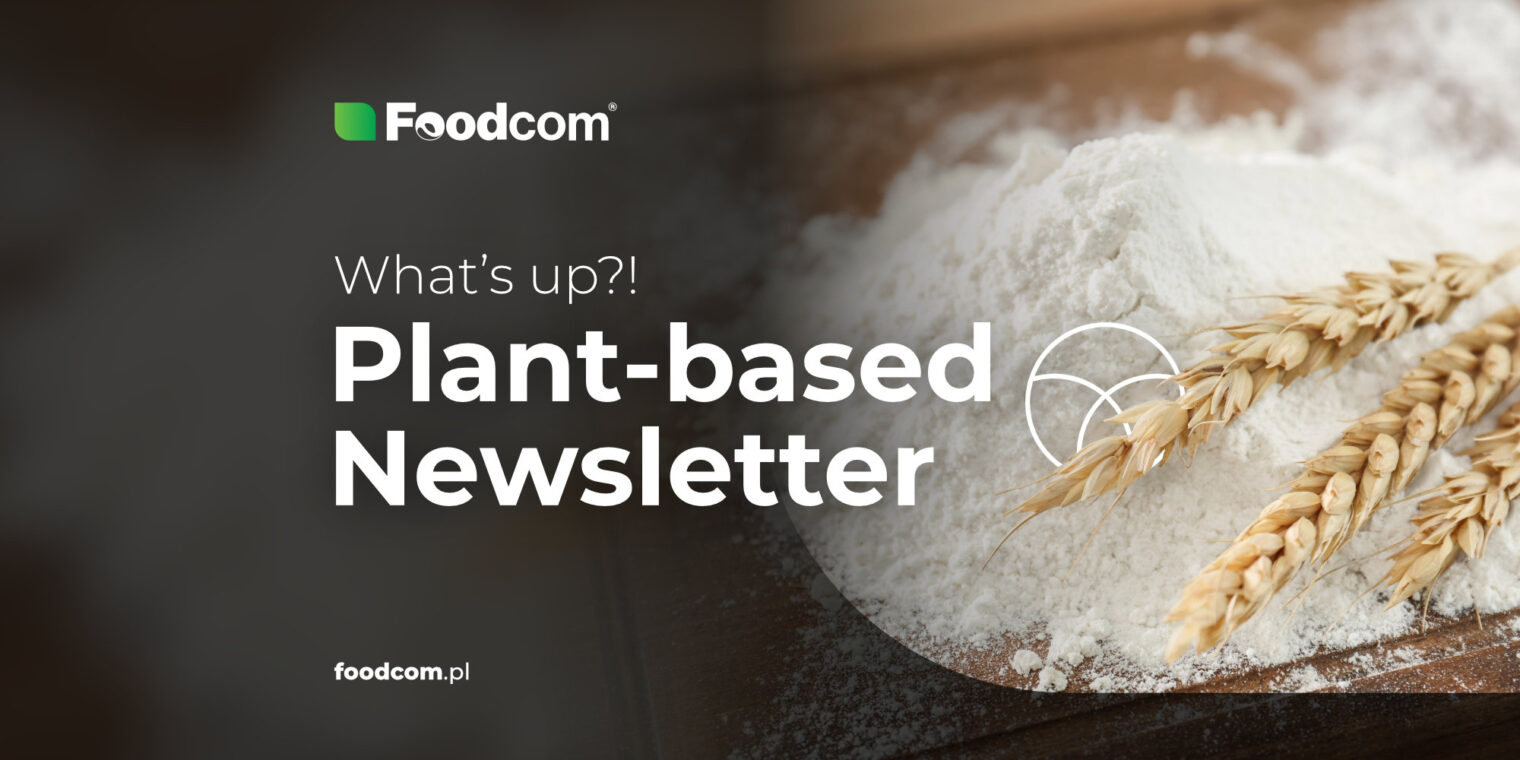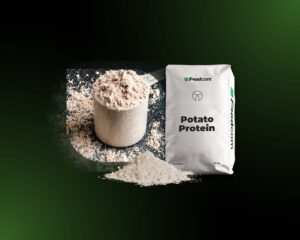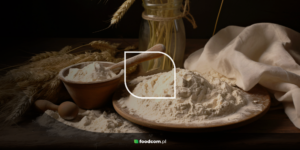Resumen
Índice
Today, we invite you to a unique adventure: a journey through time together! Not 200 years into the future, where there are no more wars and hunger, people live in prosperity and technology has developed to the point where we no longer have to work and at the same time no one lacks anything. We are going back to the 1970s, where we are seeing stagflation. Only it’s not us organizing this journey, it’s the economic situation in the world. And we are not moving back in time, but experiencing the same thing in 2023.
There is a lot going on in the market as everyone is anxiously watching the bird flu epidemic unfold. The impact is hard to gage, but egg prices have already tripled in some states in the US. In addition, the current economic situation is causing many users of plant-based commodities to seek cheaper alternatives from other regions. This is not particularly surprising, but in this type of practice and in building collaborations with new partners, it is crucial to pay attention to the quality of the raw materials purchased.
As usual, we have prepared for you an overview of the situation of the various categories of plant-based commodities. You will find everything you need to know in the 27th Edition of the Foodcom Plant-Based Newsletter.
All sweeteners and sugars are very popular nowadays. Dextrose produced in Europe fetches high prices, so some processors are starting to look for raw material from other regions. Of course, not everyone can allow themselves to do this. Those who need EU-origin have to accept high prices. Maltodextrin also reaches high prices, and interest in raw material from outside Europe is growing for this commodity as well. Fructose is also available at relatively high prices.
Demand for Native Corn Starch peaked in September, but dropped significantly shortly thereafter and is currently at a low level. Offers from Southern Europe are appearing. Native Potato Starch still has poor availability (yes, that is still the problem with the poor harvest). Demand is high for food grade, not necessarily for feed grade at this time. Native Wheat Starch is not very popular lately. Some processors would like to switch to Native Potato Starch, but that is difficult with the quantities currently available on the market.
Modified Corn Starch is extremely popular, mainly because of its use in fast food and convenience foods. Particularly in demand is the cold-use variety, whose processing requires less energy than others. And it is precisely saving energy that seems to be the key to success these days (or simply the necessary means of survival…). Modified Potato Starch is cheaper than Corn Starch, but it is in short supply because there is little Native Starch from which it is made. Demand is relatively high, especially from cheese manufacturers.
Recently, there have been numerous inquiries about Vital Wheat Gluten, especially about food grade. Many inquiries are for six-month or even full-year contracts. Currently, it is difficult to conclude contracts because the proposed prices are not satisfactory for sellers. Buyers would like to lower the prices, but it is unlikely to happen in the near future. At the same time, there is no need to worry about the VWG market coming to a complete standstill because people will always eat the bread that this commodity is used to make. The Corn Gluten Meal situation is stable, with requests for this commodity from the Middle East. Rumor has it that the feed grade Potato Protein will gain popularity in February, but nothing of the sort has happened yet. At the moment, the relatively low interest in this raw material may be due to lower demand for pork, as it is often used as a feed additive for pigs.
There is a lot going on in the market as everyone is anxiously watching the bird flu epidemic unfold. The impact is hard to gage, but egg prices have already tripled in some states in the US. In addition, the current economic situation is causing many users of plant-based commodities to seek cheaper alternatives from other regions. This is not particularly surprising, but in this type of practice and in building collaborations with new partners, it is crucial to pay attention to the quality of the raw materials purchased.
As usual, we have prepared for you an overview of the situation of the various categories of plant-based commodities. You will find everything you need to know in the 27th Edition of the Foodcom Plant-Based Newsletter.
Natural Sweeteners
All sweeteners and sugars are very popular nowadays. Dextrose produced in Europe fetches high prices, so some processors are starting to look for raw material from other regions. Of course, not everyone can allow themselves to do this. Those who need EU-origin have to accept high prices. Maltodextrin also reaches high prices, and interest in raw material from outside Europe is growing for this commodity as well. Fructose is also available at relatively high prices.
Native Starches
Demand for Native Corn Starch peaked in September, but dropped significantly shortly thereafter and is currently at a low level. Offers from Southern Europe are appearing. Native Potato Starch still has poor availability (yes, that is still the problem with the poor harvest). Demand is high for food grade, not necessarily for feed grade at this time. Native Wheat Starch is not very popular lately. Some processors would like to switch to Native Potato Starch, but that is difficult with the quantities currently available on the market.
Modified Starches
Modified Corn Starch is extremely popular, mainly because of its use in fast food and convenience foods. Particularly in demand is the cold-use variety, whose processing requires less energy than others. And it is precisely saving energy that seems to be the key to success these days (or simply the necessary means of survival…). Modified Potato Starch is cheaper than Corn Starch, but it is in short supply because there is little Native Starch from which it is made. Demand is relatively high, especially from cheese manufacturers.
Proteins
Recently, there have been numerous inquiries about Vital Wheat Gluten, especially about food grade. Many inquiries are for six-month or even full-year contracts. Currently, it is difficult to conclude contracts because the proposed prices are not satisfactory for sellers. Buyers would like to lower the prices, but it is unlikely to happen in the near future. At the same time, there is no need to worry about the VWG market coming to a complete standstill because people will always eat the bread that this commodity is used to make. The Corn Gluten Meal situation is stable, with requests for this commodity from the Middle East. Rumor has it that the feed grade Potato Protein will gain popularity in February, but nothing of the sort has happened yet. At the moment, the relatively low interest in this raw material may be due to lower demand for pork, as it is often used as a feed additive for pigs.
Categorías:








